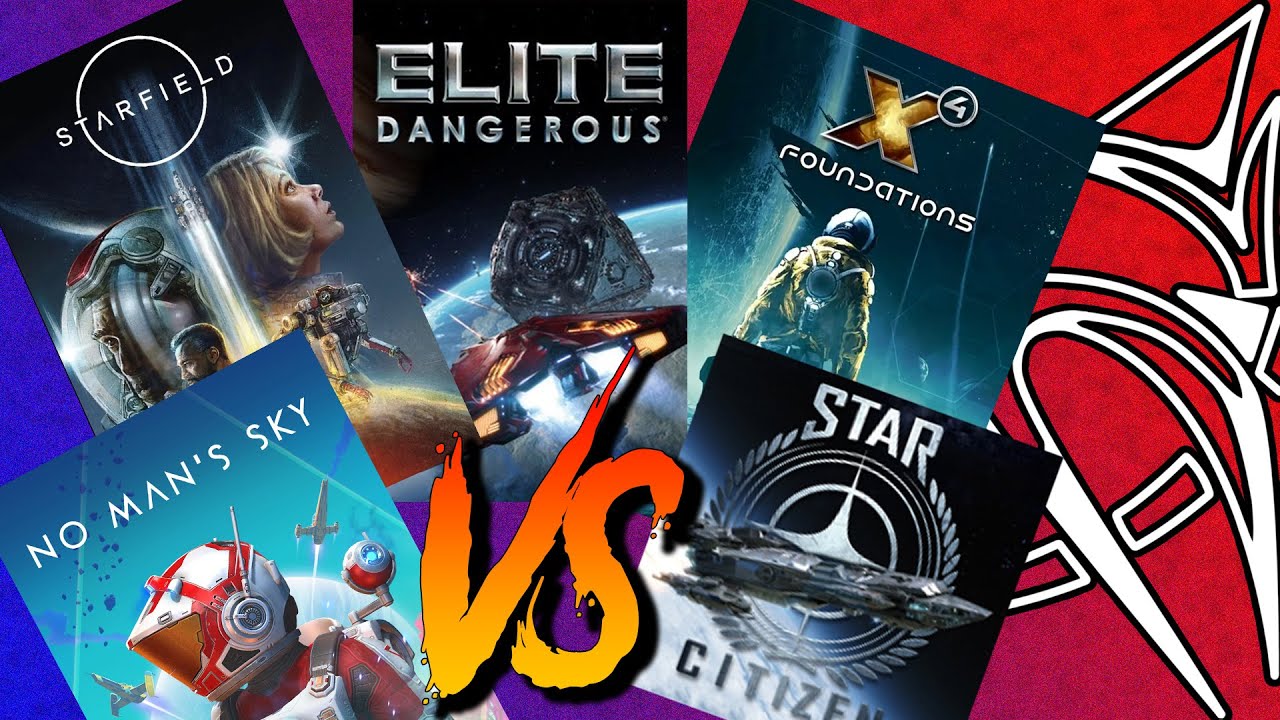The author discusses five popular space simulation games, including Starfield, No Man’s Sky, Elite Dangerous, Star Citizen, and X4 Foundations. Each game is evaluated based on its unique features and gameplay mechanics, highlighting their strengths and weaknesses to help readers make informed choices.
The author begins by discussing five popular space simulation games: Starfield, No Man’s Sky, Elite Dangerous, Star Citizen, and X4 Foundations. They reflect on the release dates and impact of each game, highlighting their unique features and gameplay mechanics.
Starting with Starfield, the author describes it as a Skyrim and Fallout in space, with open-world exploration, quests, and first-person shooter elements. While the ship gameplay is basic, the focus is on quests and narrative, making it appealing to players who enjoy storytelling in space sims. The game is visually dated and lacks optimization, but it has received positive reviews overall.
Moving on to No Man’s Sky, the author acknowledges its initial controversial release but praises the game for its casual and simplified approach to space simulation. The game offers a massive galaxy with procedurally generated planets, exploration, and base building. While the FPS and combat aspects are lacking, No Man’s Sky excels in exploration and discovery.
Elite Dangerous is described as a quintessential space sim, focusing on trading, combat, and exploration. The game has a steep learning curve but provides in-depth mechanics and an immersive experience. It is noted for its solid gameplay and impressive space combat mechanics. However, the author acknowledges that the game lacks a compelling story and quests.
Star Citizen is lauded for its stunning visuals and attention to detail. It offers a multiplayer universe, combining elements of space simulation and first-person shooter gameplay. Despite the long development time and controversy surrounding its funding model, Star Citizen has garnered a dedicated fanbase. However, the game’s performance issues and lack of implemented features are mentioned.
Finally, X4 Foundations is acknowledged as the smallest of the five games but still offers an interesting take on space simulation. Its focus is on trading, with an immersive economy system that dynamically reacts to player actions. The game has a lower budget and lacks visual flair in terms of UI and graphics, but it compensates with strong gameplay mechanics.
Overall, the author highlights the strengths and weaknesses of each game, emphasizing the importance of personal preference and trying out different space sims to gain perspective.
